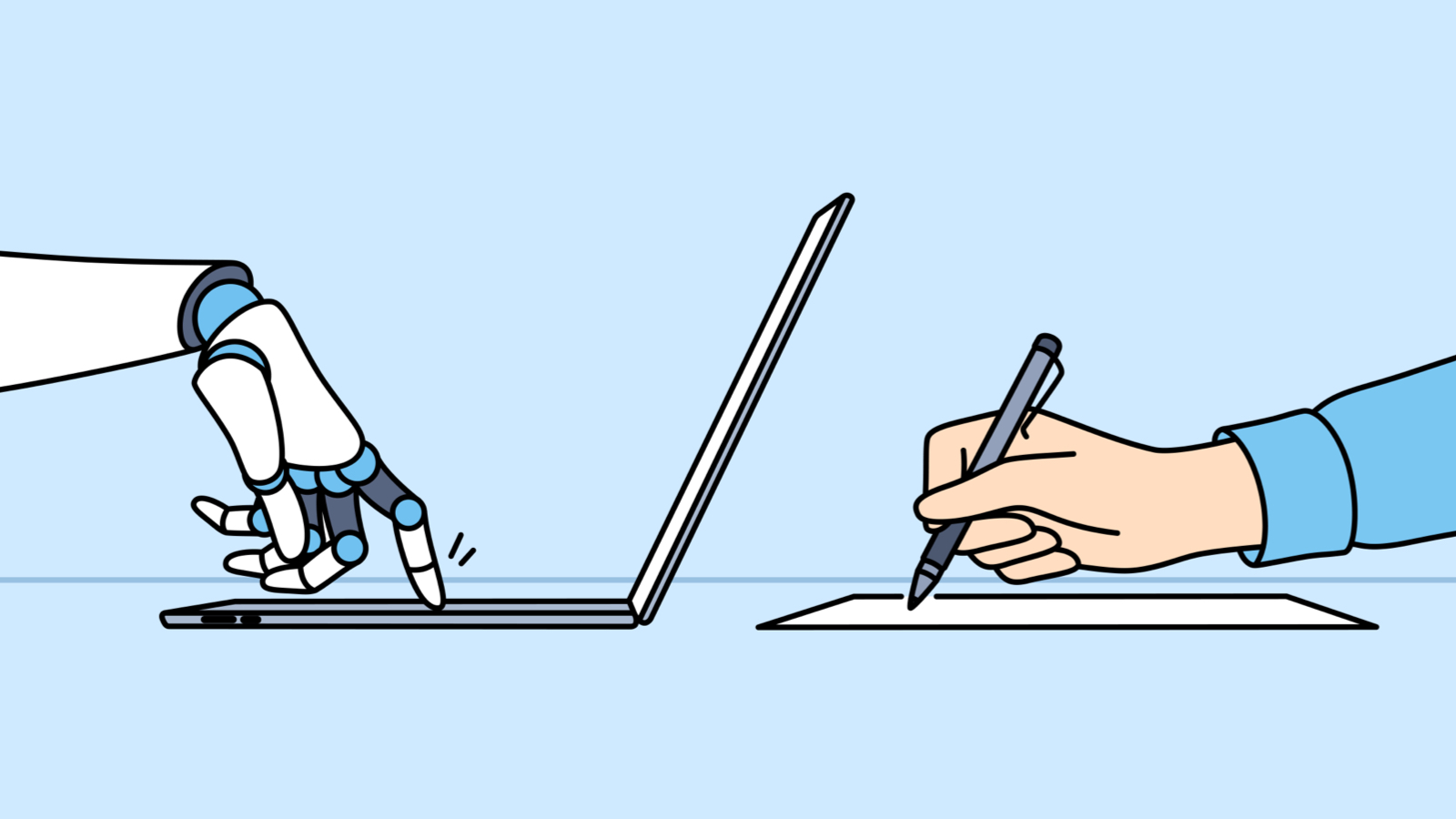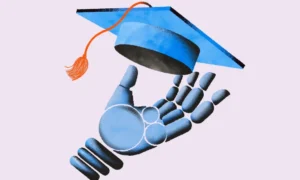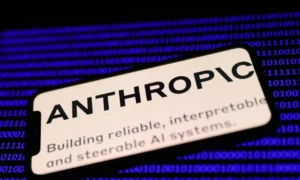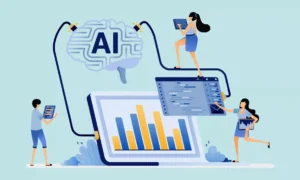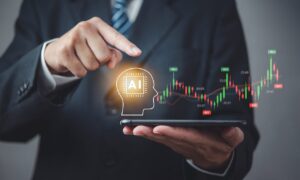The artificial intelligence revolution has arrived quietly at university campuses across Australia. Students draft essays with ChatGPT assistance, researchers analyze data through machine learning algorithms, and professors experiment with automated grading systems. Yet something fundamental is missing from this technological embrace.
Most graduates leave university without understanding how these AI tools actually make decisions, what biases they might carry, or when human judgment should override algorithmic recommendations. This knowledge gap isn’t just academic anymore. It’s becoming a professional liability.
The Permission Problem
Australian universities have started allowing AI use in coursework, provided students acknowledge their digital assistance. The policy sounds progressive. In practice, it sidesteps a more complex challenge.
“We’re teaching students to cite AI like they’d cite a textbook,” explains one education policy researcher who requested anonymity. “But AI isn’t a passive reference. It’s an active decision-maker with embedded assumptions.”
The distinction matters more than universities seem to recognize. When students use AI to research topics or generate ideas, they’re not just accessing information. They’re accepting the algorithmic choices about what information gets prioritized, how sources get weighted, and which perspectives get amplified.
Current university policies treat AI as a sophisticated calculator rather than what it actually is: a complex system trained on human-created data, complete with human biases and blind spots.
Real-World Stakes
This educational oversight has immediate consequences. Today’s graduates enter workplaces where AI already influences hiring decisions, shapes legal strategies, and guides medical diagnoses.
Healthcare provides the starkest example. AI tools now assist with patient triage, treatment recommendations, and diagnostic imaging analysis. A recent nursing graduate might encounter these systems during their first week on the job, with little formal training in when to trust algorithmic guidance and when to question it.
Legal professionals face similar challenges. AI-powered contract analysis and case law research have become standard tools. But algorithms can miss contextual nuances that human lawyers would catch. Without understanding these limitations, new lawyers might over-rely on automated recommendations.
The business world presents equally complex scenarios. AI hiring tools have documented track records of demographic bias. Marketing algorithms can perpetuate stereotypes. Financial AI systems sometimes discriminate against certain communities. Business school graduates encountering these tools need frameworks for ethical evaluation, not just operational knowledge.
Missing Educational Framework
The problem runs deeper than individual course content. Outside of computer science and engineering programs, formal AI education remains rare in Australian higher education. Philosophy and psychology departments might explore AI ethics conceptually, but most students never encounter practical frameworks for responsible AI use.
This creates a fundamental mismatch. Students studying education, journalism, social work, and dozens of other fields will encounter AI systems in their careers. Yet they graduate without understanding how these systems work or fail.
The oversight becomes more troubling when considering the speed of AI adoption. Professional AI tools advance monthly, not yearly. Students who graduate without foundational AI literacy will struggle to evaluate new systems as they emerge.
International Models Point Forward
Some universities abroad have recognized this challenge. The University of Texas at Austin created specialized AI ethics programs, though currently focused on graduate-level STEM education. The University of Edinburgh developed broader interdisciplinary approaches combining technical knowledge with ethical reasoning.
Both programs share common elements that Australian universities could adopt. They teach students to identify bias in AI recommendations, understand transparency limitations, and recognize when human oversight becomes critical.
More importantly, they treat AI literacy as essential professional preparation, not optional technical knowledge.
Implementation Challenges
Creating comprehensive AI ethics education requires more than adding modules to existing courses. Universities need interdisciplinary teaching teams combining computer science expertise with insights from law, philosophy, and social sciences.
Faculty development becomes crucial. Many professors who would teach AI ethics courses lack technical backgrounds in machine learning or algorithmic design. Similarly, computer science faculty might have limited experience with ethical frameworks or policy analysis.
Resource requirements extend beyond staffing. Universities need updated curricula that make AI concepts accessible across disciplines. A journalism student needs different AI literacy than a psychology major, but both need foundational understanding of bias, accountability, and human-AI collaboration.
Government Role
Policy support could accelerate progress significantly. The 2024 Australian University Accord report called for building institutional capacity to meet digital-era demands. AI ethics education fits directly within that framework.
Targeted funding could help universities develop shared teaching resources and faculty expertise. National standards might ensure consistent quality across institutions. Government-supported research could identify best practices for different disciplines and career paths.
International collaboration offers additional opportunities. Australian universities could partner with institutions already developing AI ethics programs, sharing costs and accelerating implementation.
The Window for Action
This moment represents a unique opportunity for Australian higher education. AI adoption continues accelerating across professional sectors, but educational institutions still have time to prepare students appropriately.
The alternative carries significant risks. Graduates entering AI-dependent careers without ethical frameworks will make decisions with incomplete understanding. Those decisions will affect hiring fairness, medical outcomes, legal proceedings, and countless other areas where algorithmic bias can cause real harm.
Universities that act now can position themselves as leaders in responsible AI education. Those that delay may find themselves scrambling to catch up as professional expectations evolve.
The conversation extends beyond individual institutions. Australia’s economic competitiveness increasingly depends on how effectively its workforce can navigate AI-augmented work environments. Universities play a central role in determining whether that navigation happens thoughtfully or haphazardly.
Will Australian graduates enter their careers equipped to shape AI’s role in society, or will they simply adapt to whatever systems they encounter? The answer depends on choices universities make today.

